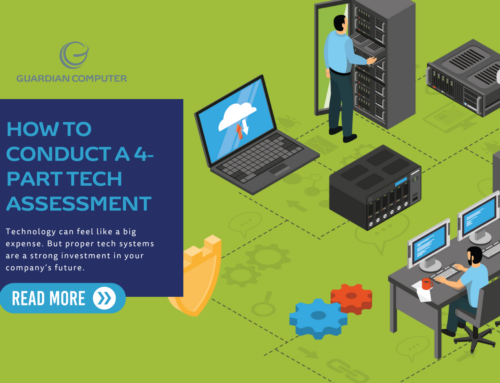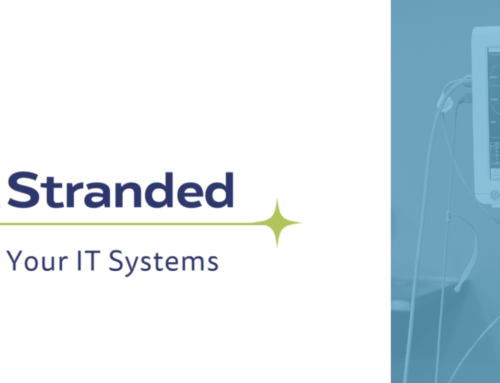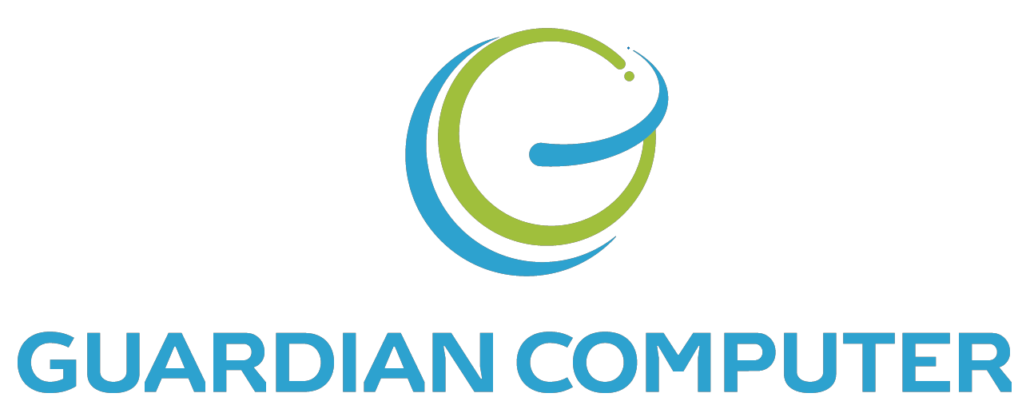Changing employee tech practices can be tricky. You may have taken the proper steps to fund state-of-the-art security software. But, the truth is that the bad guys are one gullible user click away from staging an all-out invasion.
To make matters worse, that user might well be you! Recent surveys show that executives can be some of the biggest culprits. Poor cybersecurity hygiene include clicking on phishing links and opening malicious email attachments.
The reality is that most businesses don’t prioritize implementing security awareness training. The team at Guardian gets it. Meetings fill up your schedule, the weeks turn into months. You continue to push the “less urgent” tasks down the list. Cybersecurity training turn into break room briefings while people each lunch. Leadership emails short instructional videos that provide no more than superficial understanding. And, you hope for the best while essentially doing nothing.

Guardian has you covered. Our security awareness training establishes a human firewall to block hackers and criminals. We provide clear direction on how to improve your organization’s security posture.
First, Understand the Tech Threat
According to a study by Osterman Research, email is the top method of attack. You’ve all seen examples of phishing emails. They are sent to large numbers of users simultaneously. Sensitive information is “fished” from unsuspecting users by posing as reputable sources. This includes banks, credit card providers, delivery firms and law enforcement.
Their ploy is to trick the user into either clicking on a link to infect the PC. Or they trick the user to open an infected attachment to go to a fake website. Once there, the user enters critical information the scammer wants. This includes login credentials, financial information, social security data or credit card details. But any data entered is likely to be used maliciously to steal money or an identity or infiltrate a network.
According to the Verizon 2015 Data Breach Investigations Report, 23% of recipients open phishing messages. Another 11% click on attachments. Nearly half open these emails and click on links within an hour of receiving them. Some respond within a minute of receipt.
In other words, security teams have a tiny window to (1) note the attack and (2) do something about it. Clearly, a purely defensive posture is doomed to failure.

Next, Accept the Old Defenses are Inadequate
Accusing the organization of ignoring the problem is unfair. Budgets reflect that these threats are considered high risk. Companies upgrade antivirus (AV) software, firewalls, spam filters, security analytics and more. While these actions are necessary, they aren’t bringing about any marked improvement.
Antivirus protection is still considered the primary defense against malicious programs. But, the sheer volume of threats is making it impossible for AV to keep up. About two million malicious programs are detected every week, according to Virus Total. It is important to note, though, that AV does not spot all threats. Estimates of AV effectiveness vary from 60 to 98 percent. So at the very least, a few percent of attacks will be missed by AV.
Layered Security is the Key to Improving Employee Tech Practices
It is obvious that IT security must be significantly improved on all fronts. Organizations must seek out and adopt the latest methods available to stay a step ahead.
The best practices for Security Awareness Training layer on top of existing efforts. The goal is to establish informed, educated, and phish-savvy employees.
Guardian Computer’s Enhanced Security stack is ideal for organizations with heavy compliance standards. These industries include healthcare, oil & gas, and manufacturing. If your organization requires a strategic security arsenal to protect the health and security of your IT systems, contact us today.







